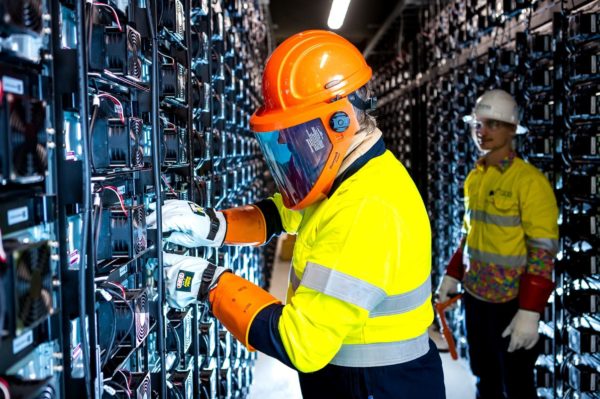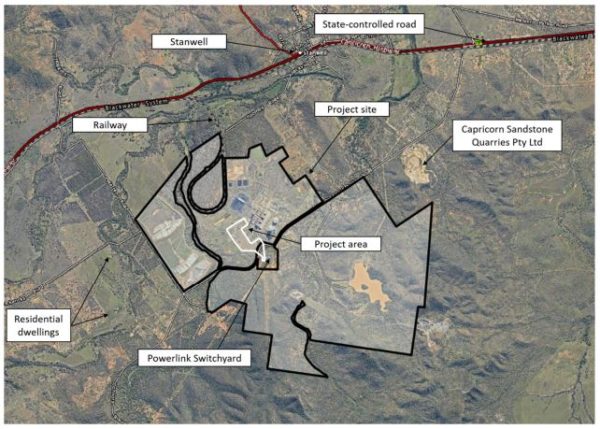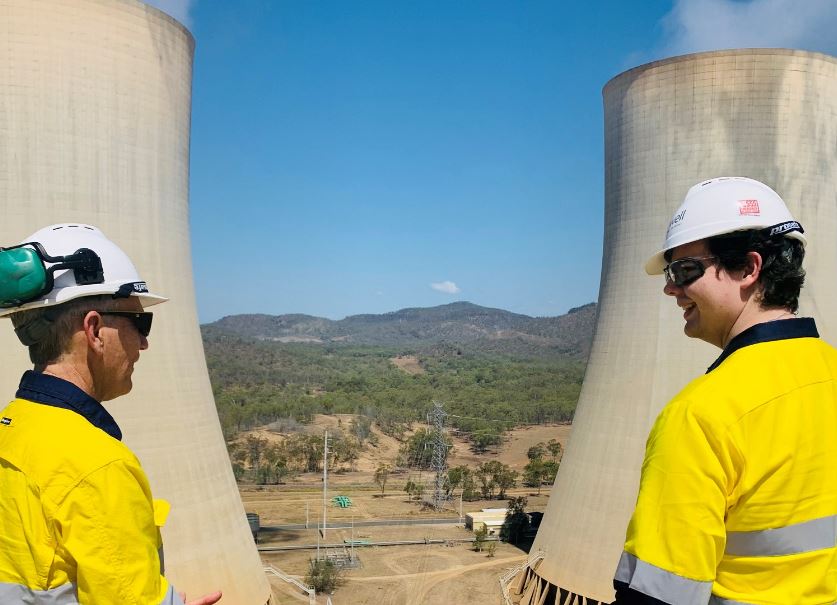State government-owned energy company Stanwell is progressing plans to develop a large-scale standalone battery with a combined 1.45 GW/2.9 GWh of energy storage adjacent to its coal-fired Stanwell Power Station near Rockhampton in central Queensland. Stanwell said the battery would support ongoing investment in renewables and help maintain system security and reliability.
A material change of use application has been lodged with Rockhampton Regional Council on behalf of Stanwell, which owns and operates the Stanwell and Tarong coal-fired power stations, for a new utility-scale battery energy storage system (BESS).
According to the planning report, the BESS would be installed on a 12-hectare site near the Stanwell Power Station and would be built in two stages. Stage one would involve the installation of lithium-ion batteries with an output of 150 MW/300 MWh while stage two may use lithium-ion or flow battery technology with an output of up to 1,300 MW/2,600 MWh.
Stanwell, which is also progressing plans to develop a 150 MW/300 MWh battery adjacent to the Tarong Power Station site near Nanango in the South Burnett, said it is seeking to develop a high-quality, cost-effective portfolio of renewable energy and energy storage assets to support its long-term strategy of providing low-emissions solutions to commercial and industrial retail customers.
“As a business, we are investigating a range of future energy solutions to ensure we are in the best position possible to respond to the changing market,” the company said. “We are investigating a range of opportunities to incorporate technologies into our asset portfolio, including hydrogen, energy storage, wind, solar and bioenergy.”
The government-owned generator said large-scale BESS will play an increasingly important role in the National Electricity Market (NEM) as it moves to a predominantly renewable-based energy system.
“Energy storage will be critical as it helps facilitate the integration of renewable energy into the energy system by storing electricity generated by wind and solar and supplying it to the market when required,” it said.

The first stage of the Stanwell battery would incorporate lithium-ion technology.The report, lodged by Brisbane-based design and engineering company Aurecon, indicates the Stanwell battery will be capable of storing electrical energy from, and exporting to, the NEM.
“The project will store electricity during periods of high supply and or low usage and provide electricity during critical peak times allowing for reliable and affordable energy supply during these periods,” the report says.
The BESS will also provide Frequency Control Ancillary Services (FCAS) services to the NEM, helping ensure energy supply and demand are matched at all times.
“By acting as a load during the peak solar generation periods and providing energy services that support system stability, the BESS will support the deployment of renewable energy power generation in the NEM,” the report says.
The Stanwell battery is to be built on a site adjacent to the Stanwell power plant, about 28 kilometres southwest of Rockhampton. Stanwell said locating battery storage at the site would allow it to capitalise on existing land and connection infrastructure with the proposed BESS to connect to Queensland network operator Powerlink’s adjoining switchyard via a 275 kV transmission line.

Image: Stanwell
While no timeline for the project was detailed in the planning report, Stanwell has previously indicated to would likely be brought online in 2024, although the report acknowledges the project remains subject to approvals.
The news of the Stanwell big battery comes just days after fellow government-owned generator CS Energy announced plans to build a 200 MW/400 MWh at Greenbank in Brisbane’s outer southern suburbs.
The project, to be delivered in partnership with Powerlink, is part of a ‘battery blitz’ announced by the state government as it looks to grow Queensland’s energy storage capacity.
The government last week said it would be rolling out 13 large-scale batteries across the state as part of progress towards achieving its 50% renewable energy target by 2030.
Earlier this week the government announced the latest addition to its battery projects with an 8 MWh energy storage system to be installed in Cairns.
Queensland Energy Minister Mick de Brenni said the increased number of batteries would allow for better management of the ever-increasing levels of renewable energy being generated.
“Large-scale batteries like the one now planned for Cairns allow us to capture the energy generated by Queenslanders, and best use it for Queenslanders,” he said.
“By basing the batteries at a substation in the community, it means renewable energy will be generated locally, stored locally, and then used locally, reducing the pressure on the upstream transmission network.”
This content is protected by copyright and may not be reused. If you want to cooperate with us and would like to reuse some of our content, please contact: editors@pv-magazine.com.









4 comments
By submitting this form you agree to pv magazine using your data for the purposes of publishing your comment.
Your personal data will only be disclosed or otherwise transmitted to third parties for the purposes of spam filtering or if this is necessary for technical maintenance of the website. Any other transfer to third parties will not take place unless this is justified on the basis of applicable data protection regulations or if pv magazine is legally obliged to do so.
You may revoke this consent at any time with effect for the future, in which case your personal data will be deleted immediately. Otherwise, your data will be deleted if pv magazine has processed your request or the purpose of data storage is fulfilled.
Further information on data privacy can be found in our Data Protection Policy.